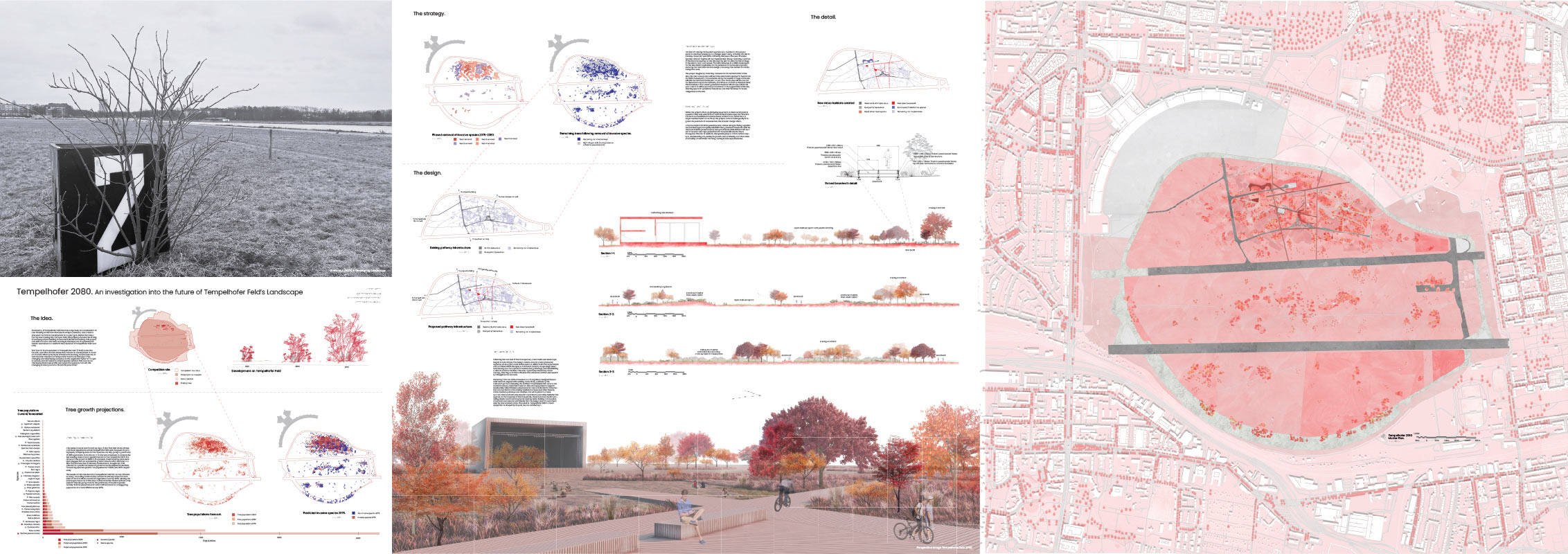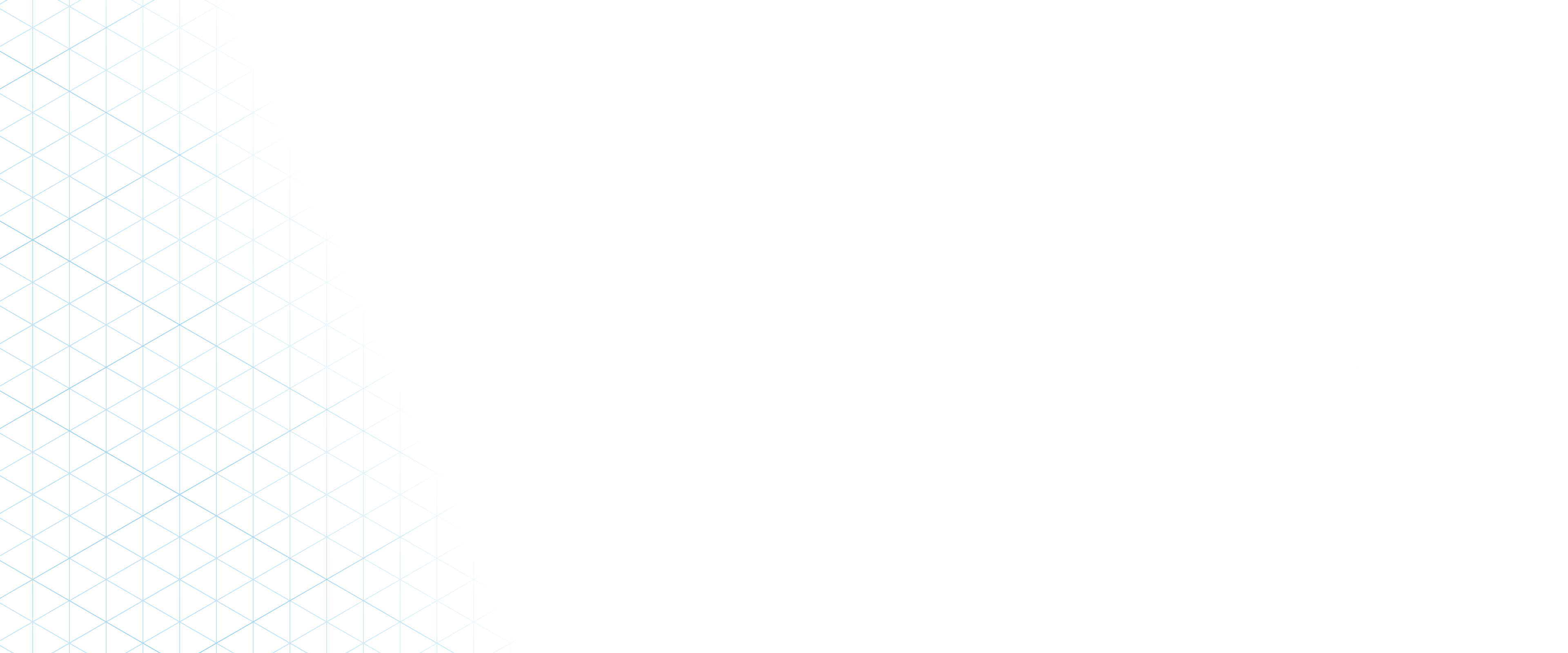

Joseph Eustace
Tempelhofer 2080. An investigation into the future of Tempelhofer Feld’s landscape
This project reimagines the future of Tempelhofer Feld through the lens of natural succession, embracing the site's ongoing transformation rather than resisting it. Rather than introducing new housing into the open field, it proposes retrofitting the existing airport building to accommodate residential use. By shifting the focus away from new human development, the project turns attention to the developmental growth of the Feld’s vegetation and the processes already underway. Seeking to understand the species on the site now, and projecting how Tempelhofer Feld’s vegetative profile will look in 2050 and 2075.
A baseline survey mapped 1,965 trees and shrubs across the site, with an AI model used to forecast species-specific growth based on seeding rates since the airport’s closure in 2008. The projections revealed a dramatic shift: by 2075, almost the entire northern third of the site could be covered in vegetation, with invasive species like ‘Robinia pseudoacacia’ dominating the landscape. Rather than viewing this spread as a problem to be immediately solved, the project uses it as an opportunity, letting the site continue evolving naturally until 2075 before initiating a phased removal regime.
The approach questions the conventional notion of ecological ‘correction’, asking whether intervention should always aim to return a site to a perceived original state. Instead, it embraces the messy nature of urban succession, using the dynamics of invasion and retreat as part of a larger design language. By allowing decades of natural growth before stepping in, the project captures a rare opportunity to create a landscape that is truly authored by time and circumstance, rather than purely by human hand.
From 2075, a gradual clearing of invasive species begins, creating open grassland meadows, destination spaces for humans, and new habitats for indigenous fauna. Materials found on site are repurposed to support biodiversity: felled Robinia unsuitable for construction is stacked into habitats for insects, and obsolete asphalt pathways are crushed to provide sun-warmed habitats for heliothermic species like sand lizards.
A crucial part of the project’s analysis focused on the site's existing desire lines. These paths, worn into the landscape through daily use, reveal the true patterns of human behaviour, cutting across the open field in ways that formal planning could never predict. Rather than overwriting these organic routes, the design embraces them, using them as the foundation for a new network of boardwalks that weave through the site. Constructed from durable Robinia wood harvested during the invasive species removal, the boardwalks tread lightly on the landscape, guiding visitors while preserving the delicate meadow ecosystems beneath.
By 2080, a new Tempelhofer Feld will have emerged. A vast central meadow forms the heart of the site, framed by boardwalks following the site’s historic desire lines. Tempelhofer 2080 recognises Tempelhofer Feld is in flux, a landscape that resists static definition. It serves as a reminder that sometimes time itself is the most powerful design tool.